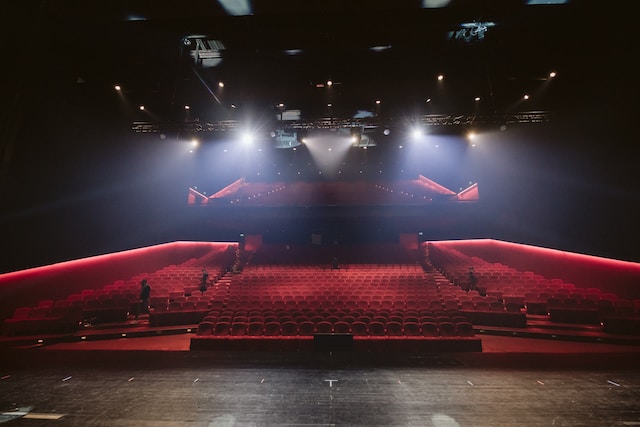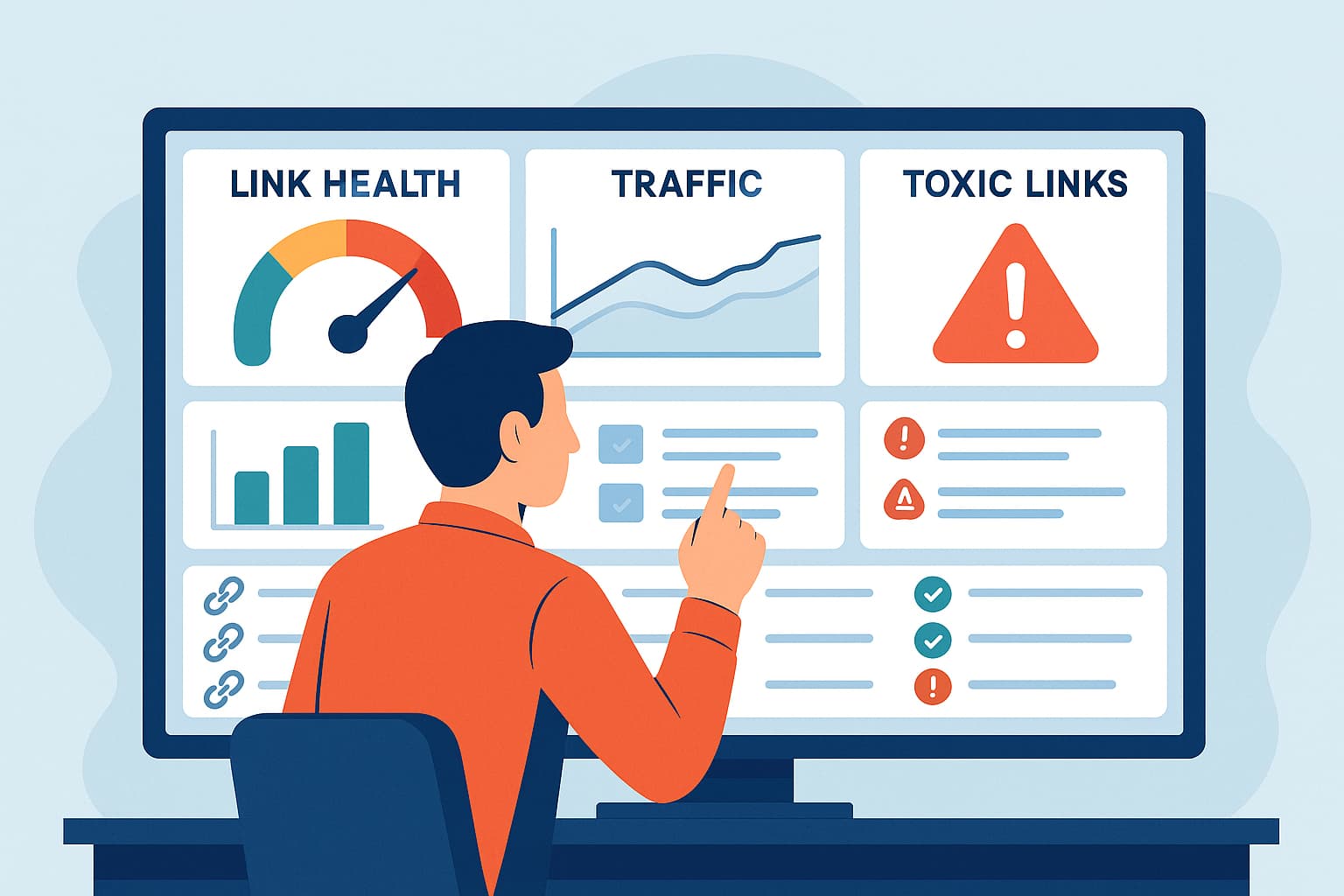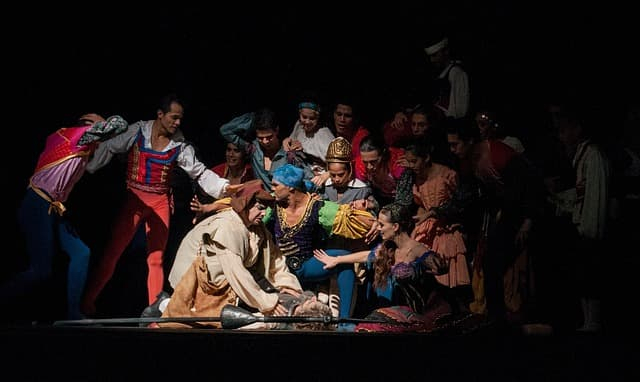The world of theatre has always been one of dynamic storytelling, emotional depth, and cultural reflection. However, the ways in which these artistic productions reach their audiences have undergone a significant transformation over the years. Traditionally, theatre promotion relied heavily on print media, word-of-mouth, and localized advertising efforts. These methods, while effective in their time, had limitations in reach and engagement. The advent of the internet and digital media began to shift this landscape, providing new platforms and opportunities for reaching wider audiences.
The turn of the century witnessed a gradual but steady migration from these traditional methods towards more digital-centric strategies. Websites, email marketing, and online ticketing platforms became standard tools in the arsenal of theatre marketers. This shift not only expanded the reach of theatre promotions but also introduced a level of convenience and accessibility previously unattainable.
In the last decade, the rise of social media has revolutionized the way theatre productions engage with their audience. Platforms like Facebook, Twitter, and YouTube started as additional channels to promote shows but soon evolved into critical components of marketing strategies. The interactive nature of these platforms allowed for a more engaged and participatory audience, marking a significant change from the one-way communication of traditional media.
Social media’s role in theatre promotion was not just an extension of digital marketing but a complete overhaul of how audience engagement and outreach could be conceptualized. The real-time, interactive, and visually rich nature of social media platforms provided theatre productions with a tool that could not only reach audiences far and wide but also engage them in unprecedented ways.
Historical Context of Theatre Promotion
The history of theatre promotion is as rich and varied as the art form itself. In the past, the primary channels for promoting theatre productions were print media, including posters, flyers, and newspaper advertisements. These materials were often artistically crafted, aiming to capture the essence of the play and entice potential audiences with visual allure. Alongside these, word-of-mouth played a crucial role, relying on the personal recommendations and discussions among theatre-goers to spread awareness about new productions.
Radio and television eventually joined the mix, offering broader reach but at a significantly higher cost, which often limited their use to more affluent productions. Newspaper reviews, another staple of traditional promotion, held substantial sway in the success of a play, with critics’ opinions influencing public interest and perception.
The Shift from Traditional to Digital Marketing
As digital technologies began to emerge and evolve, so too did the strategies for theatre promotion. The advent of the internet brought about a paradigm shift, introducing websites and email marketing as new tools for reaching audiences. This period marked the beginning of a more direct and interactive form of engagement with potential theatre-goers. Online ticketing platforms also emerged, making the process of purchasing tickets more convenient and accessible.
The rise of digital marketing coincided with a gradual decline in the influence of traditional media. As more people turned to the internet for information and entertainment, the effectiveness of print and broadcast media in reaching audiences diminished. This shift did not happen overnight, but it was steady and unmistakable.
The Early Adoption of Social Media in Theatre Promotion
The early 2000s saw the initial forays of theatre into the realm of social media. Initially, platforms like Facebook and Twitter were used primarily as extensions of existing digital strategies – a new way to post updates and share content already available on websites. However, it wasn’t long before the unique features of these platforms – particularly their capacity for real-time interaction and community building – were recognized as valuable tools for engaging with audiences in more meaningful and dynamic ways.
This period marked the beginning of a more nuanced understanding of social media’s potential in theatre promotion. Companies started to experiment with various types of content, from behind-the-scenes peeks and actor interviews to interactive campaigns and live Q&A sessions. These efforts reflected a growing recognition of social media as not just a promotional tool, but a platform for storytelling and audience engagement that paralleled the theatrical experience itself.
As this historical context sets the stage, we begin to see the profound impact of these evolving strategies on theatre promotion and audience engagement. The following sections will delve deeper into how social media, particularly platforms like TikTok and Instagram Reels, have revolutionized this landscape, offering new opportunities and challenges for the world of theatre.
Platforms and Strategies
The landscape of social media in theatre promotion is diverse, with each platform offering unique advantages. Facebook, with its vast user base, serves as a vital tool for broad audience outreach and targeted advertising. It allows for detailed event pages, long-form content, and direct ticket sales links, making it a comprehensive tool for promotion. Twitter’s real-time communication capability makes it ideal for instant updates, engaging with audiences through live-tweeting events, and hashtag campaigns that can virally spread awareness. YouTube, on the other hand, is pivotal for sharing longer video content such as trailers, interviews, and behind-the-scenes footage, providing a richer, more immersive glimpse into the theatrical experience.
Deep Dive into TikTok and Instagram Reels
TikTok and Instagram Reels have emerged as powerful platforms for theatre promotion, primarily due to their focus on short-form video content. These platforms cater to a younger, more diverse audience, crucial for the future sustainability of the theatre industry. The appeal lies in their algorithm-driven content delivery, which can exponentially increase the reach of promotional material beyond a traditional audience. The creative and interactive nature of these platforms encourages a form of storytelling that is quick, engaging, and visually appealing.
Strategies for Effective Use of Short-Form Video Content in Promoting Theatre
Creating compelling short-form videos requires a blend of creativity, authenticity, and strategic planning. Theatre companies are leveraging these platforms for sneak peeks into rehearsals, quick-fire interviews with cast members, and creative interpretations of their shows. The key is to craft content that is not only promotional but also entertaining and shareable. Embracing trends, using platform-specific features like filters and music, and creating interactive challenges or hashtags can help in engaging the audience more deeply.
Examples of Successful Theatre Promotions on These Platforms
Several theatre productions have successfully harnessed the power of Instagram Reels. For instance, productions like The Phantom of the Opera used TikTok to reach new audiences by creating viral dance challenges related to their show. On Instagram Reels, Gaston Leroux showcased snippets of stunning stage designs and costume reveals, generating buzz and anticipation. These examples highlight the platforms’ potential in not only promoting a show but also in building a community around it.
The Role of Influencers and Theatre Personalities in Social Media Promotion
The involvement of influencers and theatre personalities plays a significant role in the efficacy of social media promotion. These individuals often have substantial followings and can lend credibility and visibility to a production. Collaborations can take various forms, from influencers attending performances and sharing their experiences to theatre personalities conducting Q&A sessions on their personal social media profiles.
Incorporating influencers and theatre personalities in promotion strategies allows theatre companies to tap into existing fan bases and reach potential audiences who may not be traditionally inclined towards theatre. It’s a strategy that not only promotes the specific production but also contributes to the broader goal of popularizing theatre as an art form among diverse and younger demographics.
In conclusion, the use of various social media platforms in theatre promotion represents a multifaceted approach. Each platform offers unique features and opportunities, and the effective use of these tools in combination can significantly enhance the reach and impact of theatre marketing efforts. The dynamic nature of social media demands creativity and adaptability, but the rewards in terms of audience engagement and show success can be substantial.









Recent Comments